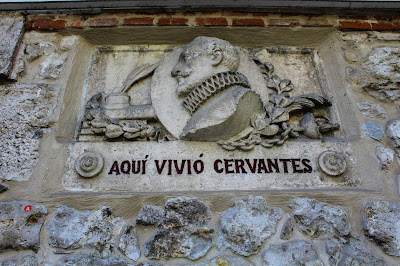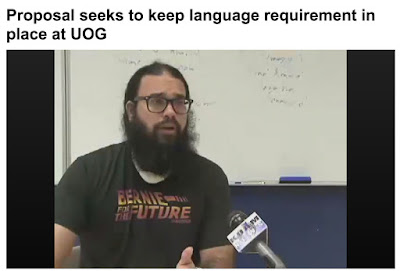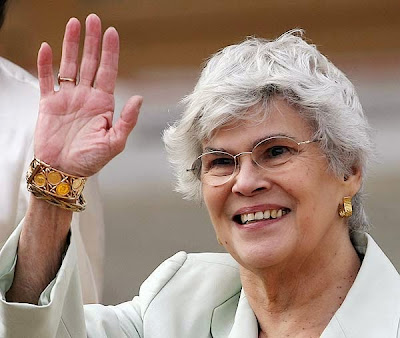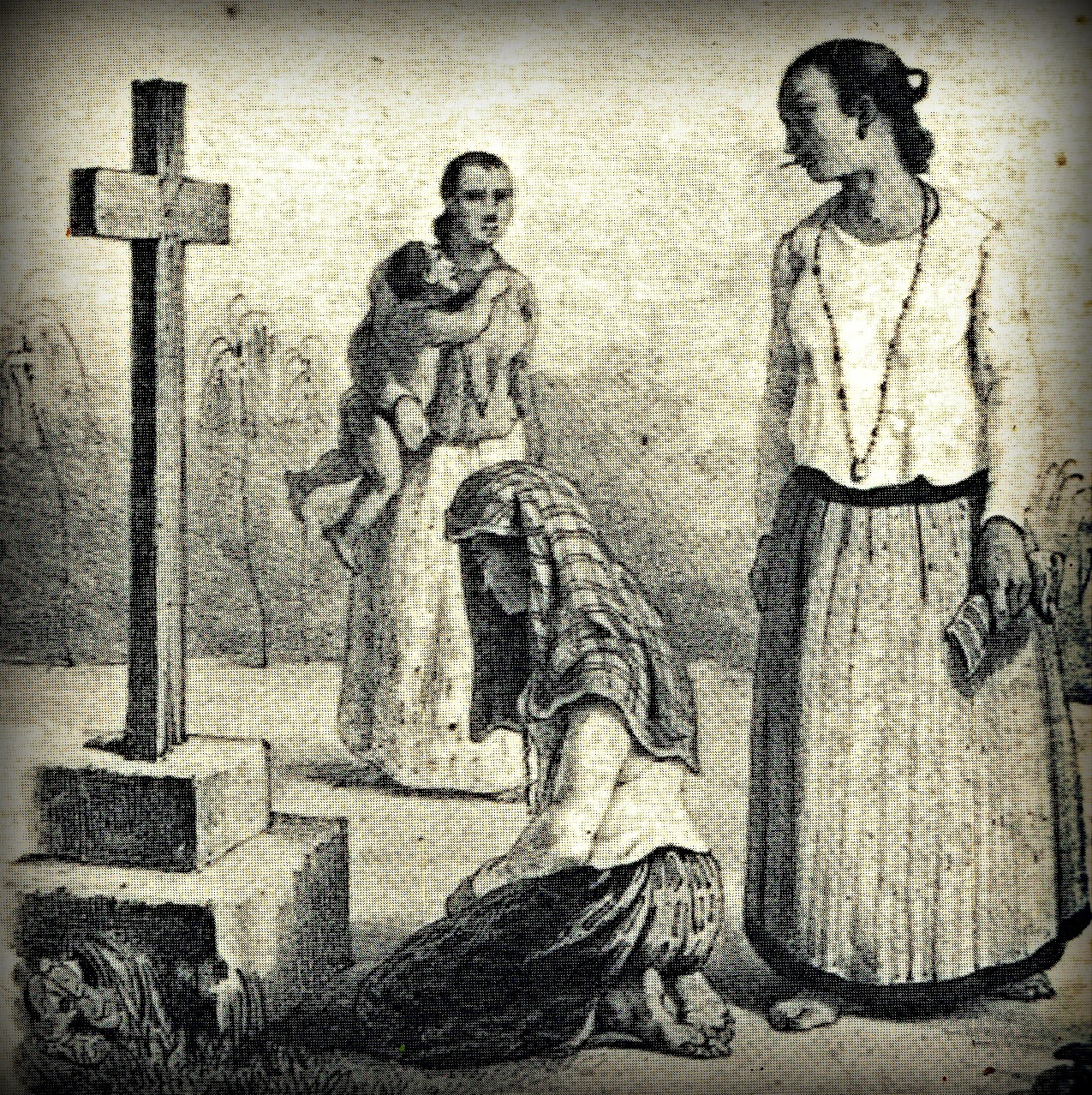Circumnavigations #7: Guma'Cervantes

While in Valladolid, on a chilly afternoon, I walked through a house with cramped staircases and low hanging doorways. There were small beds in darkened corners. Aged chairs and paintings. Iron pots and kitchen implements. No doubt much of what was in there, had been placed for effect, but you could still feel the age. This house is known as Case de Cervantes, it was a home where the writer Miguel Cervantes stayed in the early 17th century. Today it is a small museum that features small bits of information about the writer's life. You will also find similar Case de Cervantes in other parts of Spain. Miguel Cervantes is best known for his book Don Quixote, and called the greatest writer in the Spanish language and the first modern novelist. Historians of nationalism are always quick to remind us that the political history of a place doesn't have as much of a role in creating national identity as historians usually imply. Arts and culture, can play a much more profound role i



